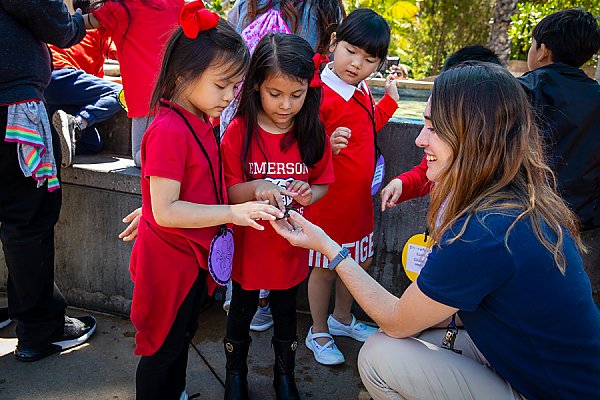Magnificent Marine Mammal
Grades K-2
Seals, sea lions, sea otters, and whales are all mammals, just like you and me!
In this program, learners will investigate what makes these mammals so well suited to spend their life in the ocean. As we dive into the world of marine mammals, learners will use images, videos, and artifacts to make observations, compare and contrast and explore the unique adaptations that these mammals use in their aquatic habitat.
-
Supports Next Generation Science Standards:
- Performance Expectation
- K-LS1-1. Use observations to describe patterns of what plants and animals (including humans) need to survive
- K-ESS3-1. Use a model to represent the relationship between the needs of different plants or animals (including humans) and the places they live.
- 1-LS3-1. Make observations to construct an evidence-based account that young plants and animals are like, but not exactly like, their parents.
- 2-LS4-1. Make observations of plants and animals to compare the diversity of life in different habitats.
- Cross Cutting Concepts
- Science and Engineering Principles
- Asking Questions
- Constructing explanations
- Engaging in argument from evidence
- Disciplinary Core Ideas
- LS1.A: Structure and Function
- LS4.D: Biodiversity and Humans





